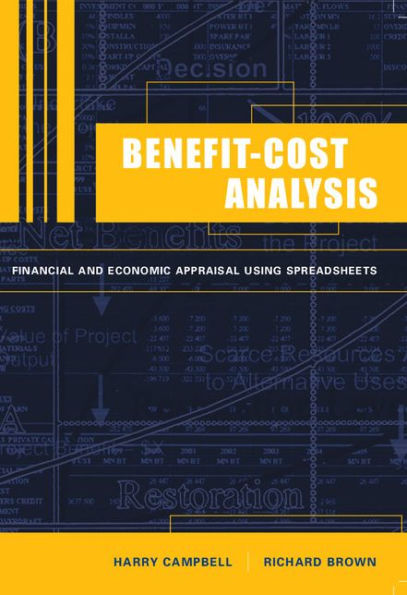5
1

Benefit-Cost Analysis: Financial and Economic Appraisal using Spreadsheets

Benefit-Cost Analysis: Financial and Economic Appraisal using Spreadsheets
eBook
$55.49
$73.99
Save 25%
Current price is $55.49, Original price is $73.99. You Save 25%.
Related collections and offers
55.49
In Stock

Product Details
| ISBN-13: | 9781107713673 |
|---|---|
| Publisher: | Cambridge University Press |
| Publication date: | 06/16/2003 |
| Sold by: | Barnes & Noble |
| Format: | eBook |
| File size: | 25 MB |
| Note: | This product may take a few minutes to download. |
About the Author
From the B&N Reads Blog
